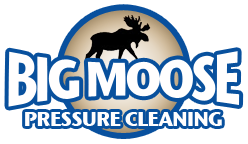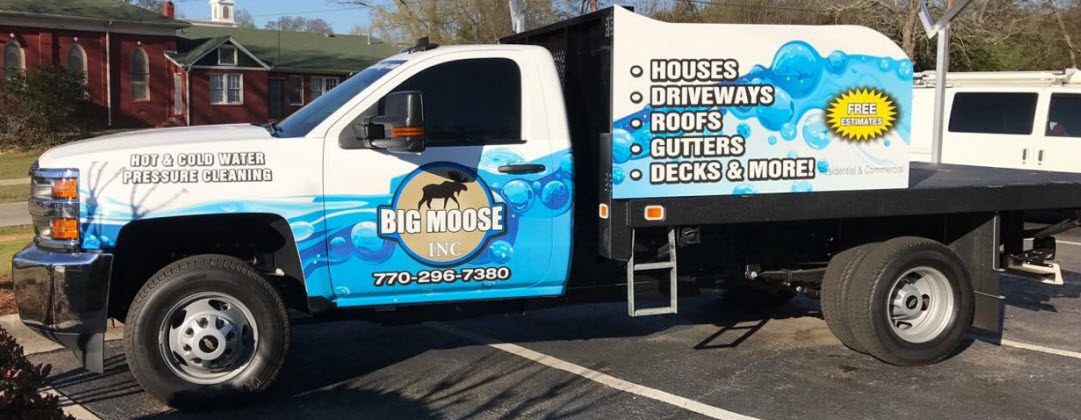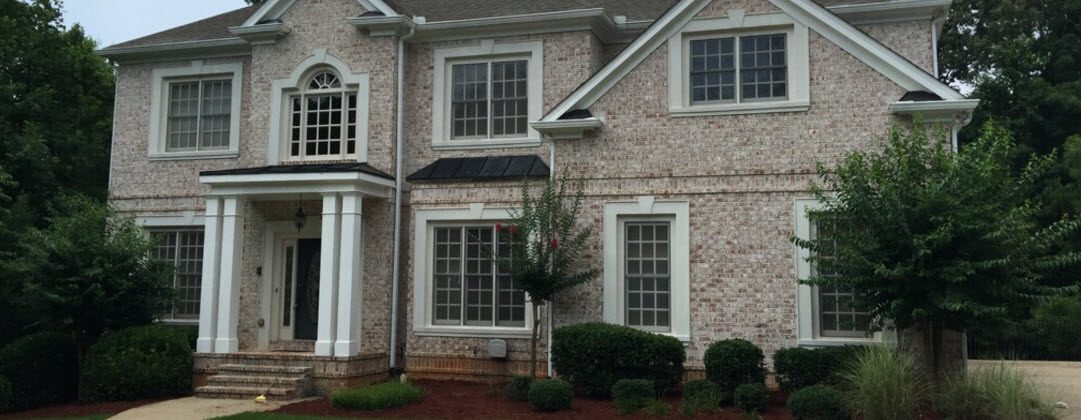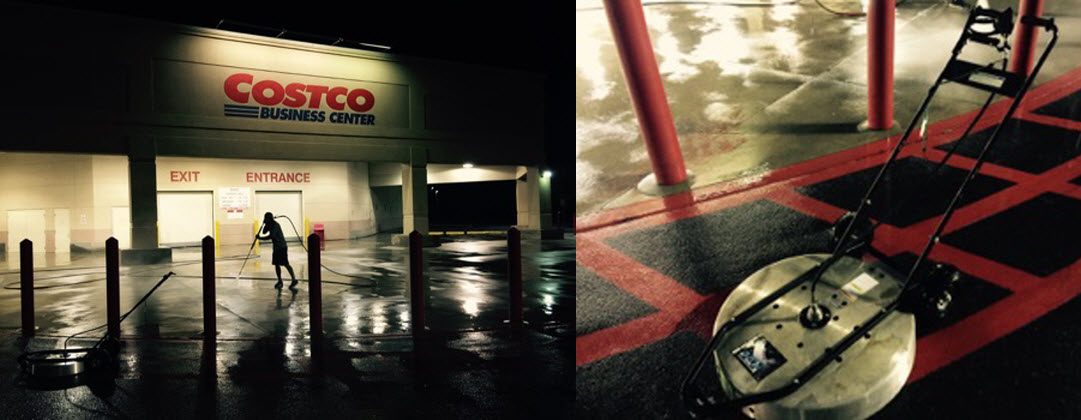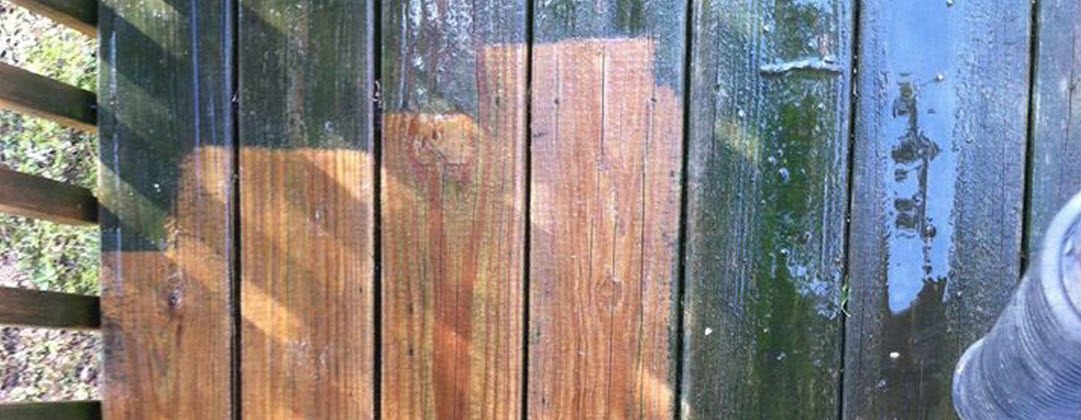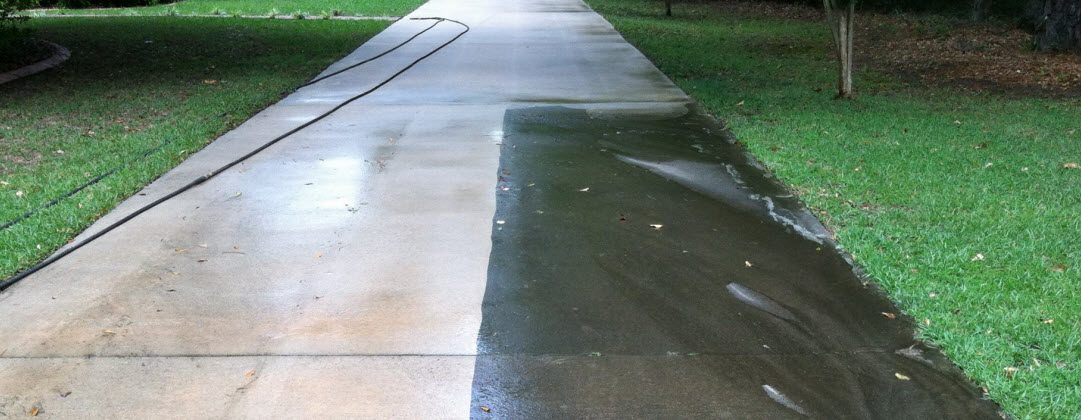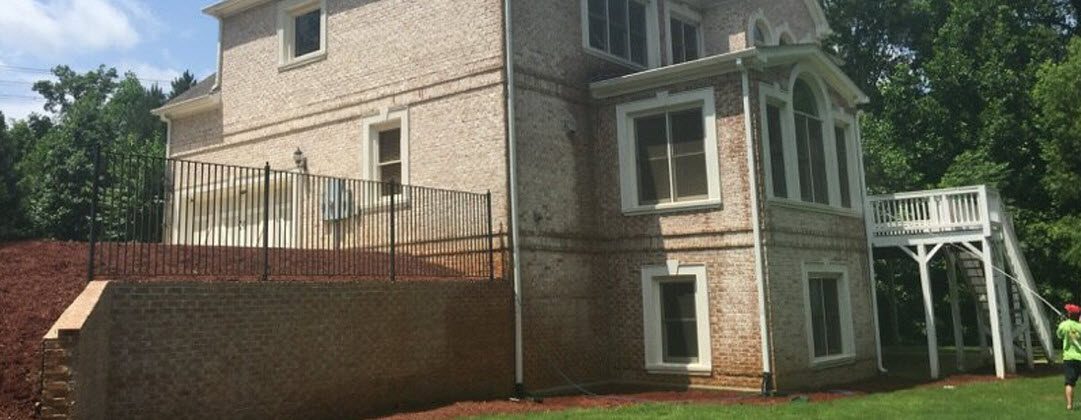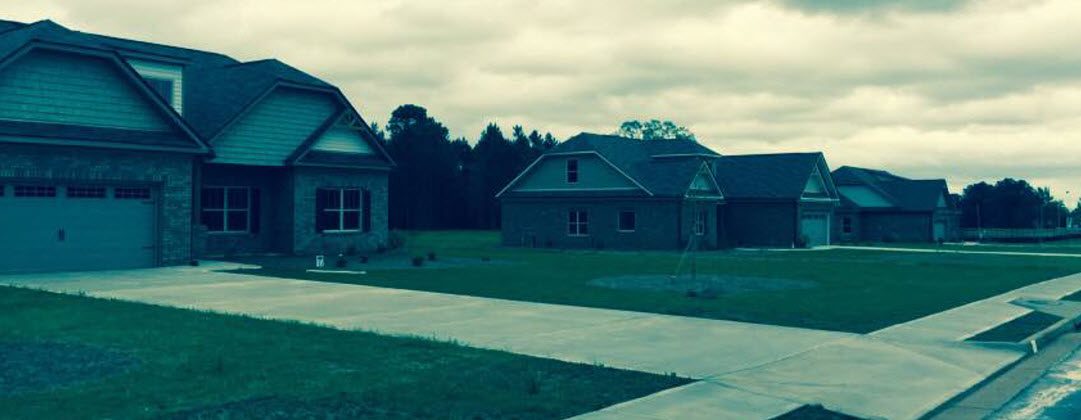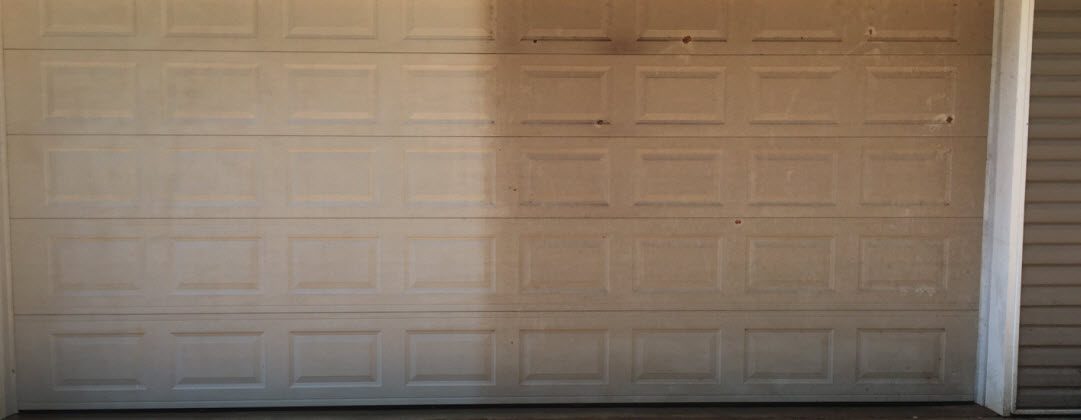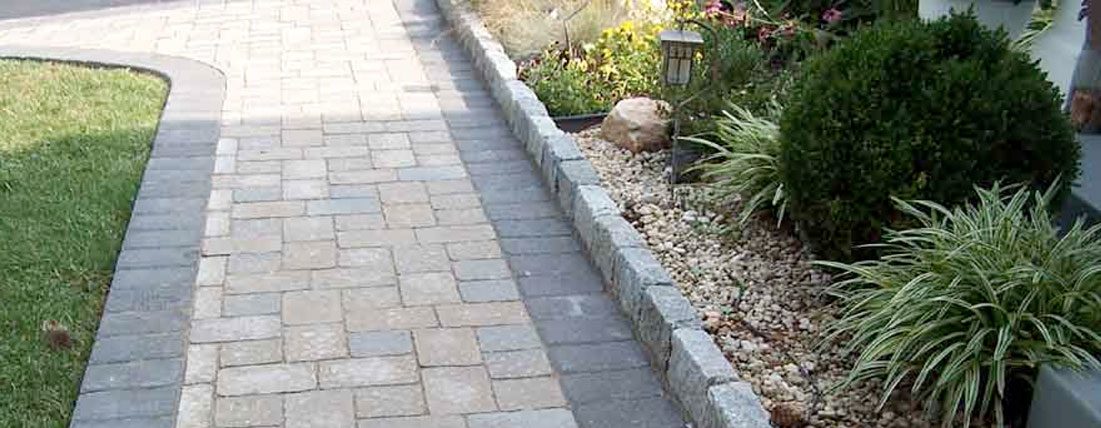Graffiti is writings or drawings that have been scribbled, scratched or painted illicitly on a wall or other surface. Most times it’s done within public view and is considered defacement and vandalism when it’s done without the permission of the property owner; and is a punishable crime. Graffiti has existed since ancient times, with examples that date back to Ancient Egypt, Ancient Greece and the Roman Empire.
Words Used to Describe Graffiti Art & Vandalism
Tagging is the most basic form of an artist’s written name. It’s a hand style and the personalized signature of the artist. It is by far the most common form of graffiti. The message can be subtle or cryptic and include the initials of the crew or other letters. Another form of tagging is called Pissing. This involves using a fire-extinguisher that’s refillable and replacing it with paint. This can allow tags as high as 20 feet. It’s very hard to steady your hand in this form of tagging and the results are wavy and sloppy. Throw-up is also called bombing and is done very quickly using two to three colors. The aesthetics aren’t as important as how how quickly it can be put up. Oftentimes, the outline is one color or a larger piece can include more colors. Using a larger range of colors takes longer and the artist runs the risk of getting caught. Larger pieces are also called a blockbuster or roller with block-shaped styles almost always used. This is to cover larger areas with two contrasting colors. The purpose can be to block others from using the same space. The tools typically used here are paint rollers with extenders and gallons of cheap paint. Wildstyle graffiti is a more complex style. It uses interlocking letters and connecting points. Those unfamiliar with graffiti find it harder to read this style of graffiti because the letters usually merge into each other making it hard to make out.
How Can I Remove Graffiti?
Metal surfaces. Common paint thinner might do the trick. You can also try using products designed to remove graffiti; steel or bronze wool or possibly even light sandpaper. If the graffiti remains, pressure washing is your next step.
Wood surfaces. You can try using products to remove the graffiti by wiping it off. If the wood is weathered don’t use this method as it will drive the paint deeper into the wood. Power washing can work but lots of pressure can also drive the paint in deeper so take care.
Plastic. Wipe the graffiti off with WD-40. Don’t use paint thinners as they can cause the plastic to become cloudy or make it tacky. Very light rubbing with fine steel wool might work.
Masonry. The best option is to power-wash it with 3000psi-pressure washer. The tip used can affect the surface you’re washing so be careful or you might just have an outline of what you’re removing. Sand blasting is another option but etching of the surface can occur if the tip stays in one spot for too long.
Glass. Using a razor blade to scrape it off the best option. It’s 99% effective when holding the blade at a 30-degree angle to the glass. If this doesn’t work, water and ultra-fine bronze wool can be used to rub the paint off gently. Paint thinners can also be effective.
Graffiti Removal in McDonough, Barnesville, Fayetteville, Covington, Locust Grove, Griffin, Stockbridge & Social Circle Georgia
Other than glass, your only option might be to paint over the graffiti if you can’t remove it or you can call in the professionals at Big Moose Pressure Cleaning to get the job done.
